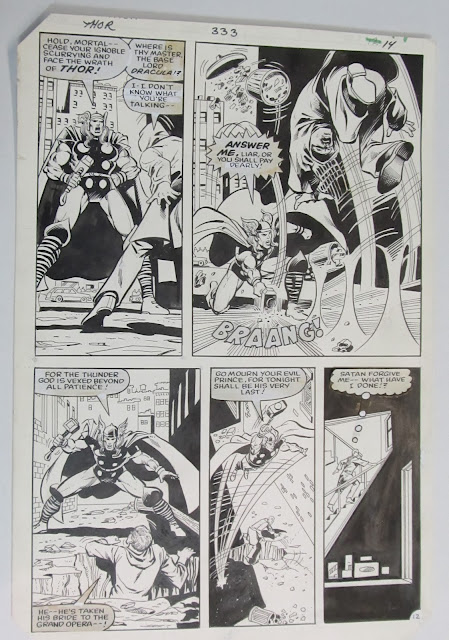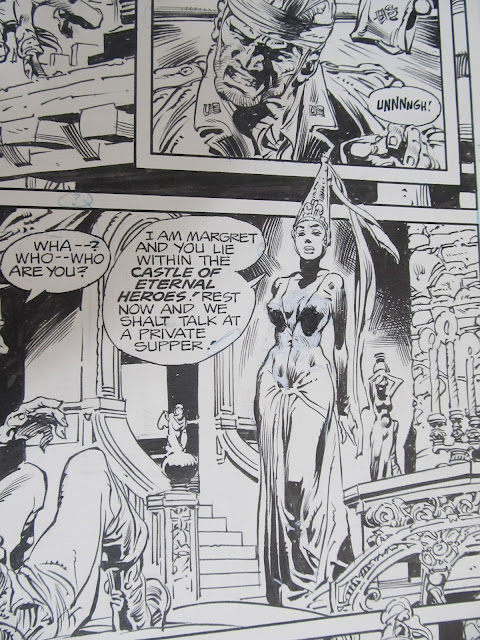One of our favorite games was rock fights.
How in the world we survived countless battles without losing an eye or getting killed is both a miracle and mystery.
Rock fights would either be planned, between a couple of teams, or just start out of nowhere, first with one or two people, and slowly gathering impetus until broken up by either an adult, a cracked head, or a cracked window or windshield on a parked or passing car.
How many times would I wander out of my house, bored and with nothing to do, climb on the roof and survey the neighborhood from my own little kingdom. And if I detected Pepin or his brother Monguito playing down at the end of the block, or perhaps one of the Calixton brothers outside their house a block directly across from us, I would climb down from the roof, gather a few rocks, walk to the middle of the block, yell just one warning shout and launch an unexpected aerial attack.
Having been at the receiving end of these same attacks, it was not unfair to launch an unprovoked attack, and immediately the battle would begin.
Two solitary warriors lobbing rocks at each other, maybe 100-200 feet apart, throwing the rocks in long, elegant arcs that demanded attention – in order to avoid them – and guts – in order to appear unconcerned and avoid being hit just at the last minute by side-stepping the rock as it was about to hit you. Soon, one of the brothers would join in, and now I would have to start dodging two attackers while shouting for either my cousin Cesar or my best friend Jorge Cunningham to come to my aid.
As my best friend, Jorge, who was an excellent rock thrower, was feared for his skill; however, he lived about half a block down from Cuartel Street and would not always hear me. Cesar nearly always came to my aid, but he was not very good at aiming, and there was always a chance that he’d join the other guys – unless the Monguitos had done something to him recently.
The only guy in our neighborhood that you never started an unprovoked rock fight against with was Pupy.
Pupy was one of an endless horde of Haitians who lived in a huge house at the end of where the paved Cuartel Street ended. He didn’t usually play with us, as the Haitians tended to keep to themselves, and his house had a huge, fenced garden full of trees and space where he usually played his many brothers and cousins. A whole tribe of Haitians lived behind that walled fortress of a house and it was one of the few places in our neighborhood where we weren’t welcomed or allowed in.
But once in a while Pupy would come out and play with us, more often than not terrorizing us. We were all afraid of him, except the Monguito brothers, who were fearless and would fight anyone, anytime; and Jorge, who although skinny and small was very tough.
Pupy was mean and evil, and in rock fights would run close up to you and fire rocks at close range, rather than maintaining a respectable artillery distance. Our only means of revenge against Pupy was rather cowardly, but we all did it anyway.
It consisted of the ritual of lobbing a few anonymous rocks into his house’s back garden or their roof, nearly every night; or whenever we were playing around that corner of the street, which was unusual by itself, as we usually played around the other corner of the block, directly next to my grandparents’ house, which is where I lived.
There was an art to the rock fight that demanded a certain skill and grace in order to survive without being hit. This was especially needed when you were defending against two boys.
The idea was to throw your rock and then immediately and very quickly begin looking for a new one to throw. Because we lived on a paved street, strategy and location was important, such as beginning the fight from around one of the several empty lots in our block, with an abundant supply of projectiles. One was most vulnerable when bending down to pick up new rocks (ideally two at once), when you took your eyes off your opponent.
A well timed throw would arc towards you to try to catch you looking away for that final split second. Two throwers demanded intense concentration and skill, and an amazing dance around a rainfall of rocks.
One year, for a few delirious months, our street was torn and opened up as huge, new sewer lines were installed. For months these large cement pipes provided castles and forts from which massive rock fights took place – the open, torn streets providing an unending supply of rocks. It is amazing how few times we were actually hurt – of course we were hit, and it did hurt, but seldom were hits very serious or requiring stitches.
Except for Pepin.
Pepin was the youngest of the two Monguito brothers, his father was Mongo, who we would all make fun of, as he traveled back and forth to his job in a bicycle, becoming the proverbial Mongo en Bicicleta character. Mongo also wore the same thick, nerd glasses that Castro wore and that nearly every Cuban who needed glasses seemed to have in those years.
Later when I was in the US Navy we would see those glasses being issued in bootcamp and we would call them "birth control glasses."
Mongo also had an incredible resemblance to the American cartoon artist Robert Crumb. Pepin and Monguito were a key part of our pandilla, and we all played together, and of course this included rock fights, either on our side against other neighborhood’s kids or internecine battles in our own group.
But Pepin’s head seemed to be a rock magnet! I cannot recall the number of times that his poor mother Elba, had to take Pepin to the hospital to stitch his head close from rock wounds. It was astounding even to the doctors, and his crewcut was decorated with shiny white healed scars visible under the short cropped hairstyle that we all wore. It was so bad that one time, as Elba and Pepin where coming out of the most recent visit to the hospital (she madder than a hornet at yet another busted head, and he, recently stitched and bandaged), an amazing thing happened as they were waiting for the bus outside the hospital
Now, it must be made clear that buses were also good targets for rock throwing, and in our neighborhood we generously pelted the buses with rocks if they happened to drive by during one of our battles.
Apparently this was the case all over Guantanamo, as when the bus arrived at the hospital stop, and as Elba and the bandaged Pepin prepared to enter it, from across the street someone lobbed a rock at the bus, managed to miss it completely, arcing the rock over it and landing it squarely atop Pepin’s head, busting it open in a new spot and sending him back to the hospital amidst Elba’s cries of blue murder.
But the rock fight to end all rock fights was an incredibly huge rock fight that took place one warm, sunny summer early evening at the crossing of the river Guaso. It has remained, both in my memory and my father’s memory, as the largest, most intensive rock fight in Guantanamo’s history, and it literally involved nearly 100 people of all ages, sizes and colors. This rock fight was the mother of all rock fights.












